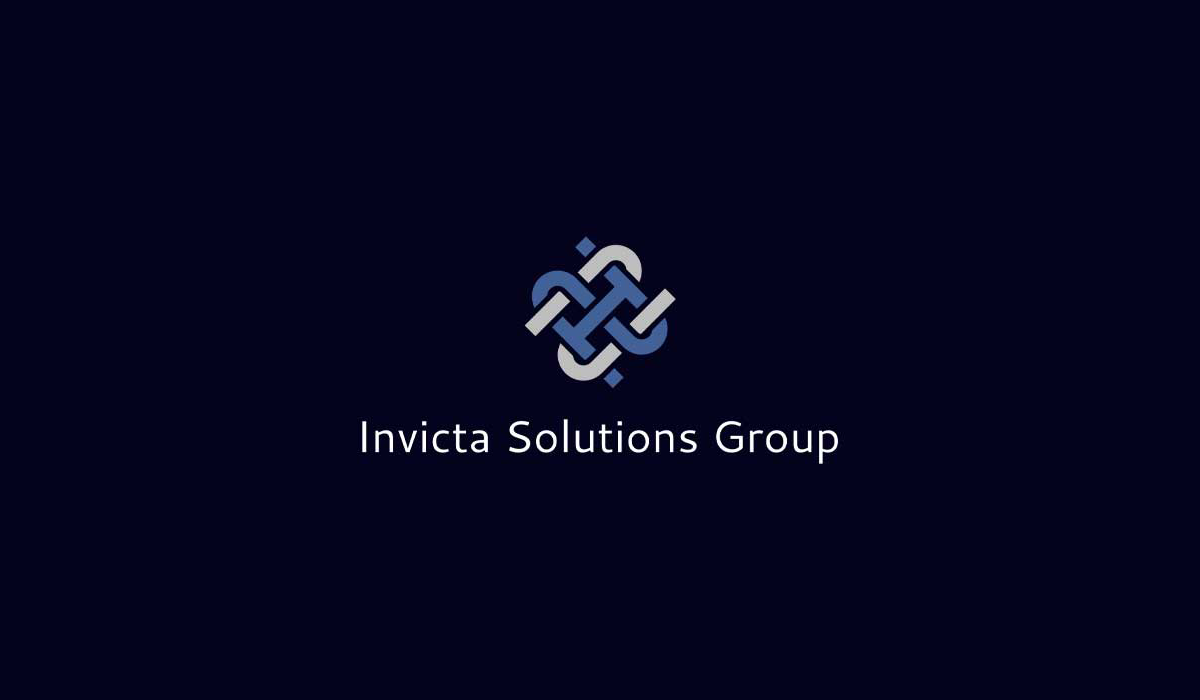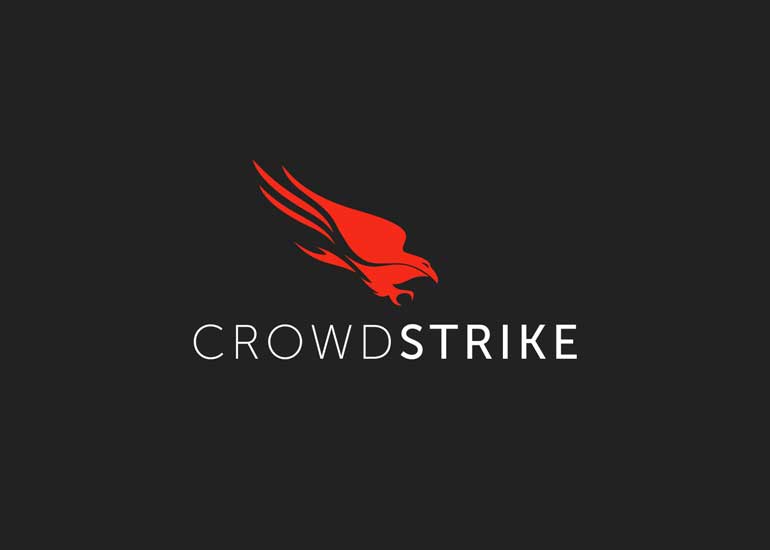In today's interconnected digital landscape, cybersecurity threats aren't just coming from outside hackers or sophisticated nation-state actors. Often, the most damaging risks lurk within your own walls: insider threats. These can stem from disgruntled employees, negligent staff, or even compromised accounts manipulated by external forces. As we've explored in our previous post on AI-Powered Cyberattacks: Why the Basics Are Your Best Defense, foundational security measures are crucial. But when it comes to insiders, who already have access, a more nuanced approach is needed—one that combines vigilance, technology, and human insight. Building on that, our discussion on shifting From Defense to Offense: Why AI-Driven Cybersecurity Is Your Next Strategic Move highlights how AI can play a pivotal role in detecting anomalous behaviors early. For federal contractors navigating CMMC and NIST 800-171 requirements, or commercial enterprises managing cloud environments, understanding and mitigating insider threats is essential to safeguarding sensitive data and maintaining operational resilience.
Understanding Insider Threats: Types and Causes
Insider threats refer to risks posed by individuals with authorized access to an organization's systems, data, or networks. These aren't always malicious; they can be accidental or due to negligence. Common types include:
- Malicious Insiders: Employees or contractors who intentionally steal data, sabotage systems, or leak information for personal gain, revenge, or ideological reasons.
- Negligent Insiders: Well-meaning staff who inadvertently cause harm through poor practices, like falling for phishing scams or mishandling sensitive files.
- Compromised Insiders: Accounts hijacked by external attackers, turning trusted users into unwitting vectors for breaches.
Causes often include workplace dissatisfaction, financial pressures, or simple human error. According to recent reports, over half of organizations have seen an increase in insider incidents, with malicious insiders being a primary concern for 42% of security leaders. This underscores the need for proactive measures beyond traditional perimeter defenses.
The Growing Impact of Insider Threats in 2025
The consequences of insider threats are escalating. In 2025, 56% of organizations reported experiencing at least one insider threat incident in the past year, with costs soaring. The average cost per malicious insider incident has reached $715,366, making it one of the most expensive breach types. These threats contribute to about 60% of data breaches, often leading to intellectual property theft, regulatory fines, and reputational damage.
For federal contractors, insider risks can jeopardize compliance with standards like NIST 800-171, potentially resulting in lost contracts. In the private sector, with remote work and cloud adoption on the rise, the attack surface expands, amplifying the potential for internal mishaps or exploitation. As cyber adversaries evolve—as detailed in our AI-focused posts—these internal vulnerabilities become prime targets for blended attacks.
Best Practices for Mitigating Insider Threats
Mitigating insider threats requires a multi-layered strategy. Drawing from established frameworks like those from CISA, here are key best practices:
- Define and Detect: Establish clear policies defining insider threats and implement monitoring tools to detect anomalies, such as unusual data access patterns or login behaviors.
- Employee Training and Awareness: Conduct regular cybersecurity training to educate staff on best practices, phishing recognition, and secure data handling. Foster a culture of security where employees feel empowered to report suspicious activities.
- Access Controls and Least Privilege: Enforce role-based access controls (RBAC) and the principle of least privilege, ensuring users only have permissions necessary for their roles. Regularly audit and revoke access for former employees.
- Behavioral Analytics and AI Integration: Leverage AI-driven tools to analyze user behavior in real-time, flagging deviations that could indicate threats. This ties directly into the offensive strategies we discussed in our AI cybersecurity post.
- Incident Response Planning: Develop and test response plans specific to insider scenarios, including forensic investigations and legal considerations.
By combining these elements, organizations can shift from reactive to predictive security, reducing the likelihood and impact of insider incidents.
Invicta’s Approach: Tailored Solutions to Protect Against Insider Risks
At Invicta Solutions Group, we understand that insider threats demand a balanced approach: robust technology paired with human expertise. As a veteran-led, ISO-certified, and HUBZone business, we specialize in delivering cybersecurity solutions for federal contractors and commercial clients alike. Our team draws from DoD experience to provide AI-assisted threat detection, behavioral analytics, and compliance audits that align with CMMC and NIST standards.
We offer customized services like insider threat assessments, simulated phishing drills, and zero-trust architecture implementations—all under our philosophy of “Security, Delivered Simply.” Whether it's integrating AI to monitor for anomalies or conducting thorough employee screenings, we ensure your defenses are proactive and scalable. Our partnerships with leading vendors allow us to deploy best-in-class tools without overwhelming your operations.
In a world where threats can come from within, Invicta helps you build resilience that protects your mission and bottom line.
Conclusion
Insider threats represent a critical yet often overlooked aspect of cybersecurity. By understanding their types, recognizing their growing impact, and implementing proven mitigation strategies, organizations can fortify their defenses. As we've seen in our explorations of AI-driven security, technology like behavioral analytics is key to staying ahead. Don't wait for a breach—proactive measures today ensure security tomorrow.
Ready to assess your insider threat posture? Schedule a free consultation with Invicta Solutions Group today. 👉Get Started Here.
Sources
- Insider Threats: Types, Examples, and Defensive Strategies in 2025 - Exabeam (https://www.exabeam.com/explainers/insider-threats/insider-threats/)
- Insider Threat Pulse Report 2025: Trends from 100 Security Leaders - SpyCloud (https://spycloud.com/resource/report/insider-threat-pulse-report-2025/)
- Insider Threats Are Becoming More Frequent and More Costly - ID Watchdog (https://www.idwatchdog.com/education/-/article/insider-threats-and-data-breaches)
- Insider Threat Statistics for 2025: Facts, Reports & Costs - Syteca (https://www.syteca.com/en/blog/insider-threat-statistics-facts-and-figures)
- Insider Threat Mitigation Guide - CISA (https://www.cisa.gov/resources-tools/resources/insider-threat-mitigation-guide)











